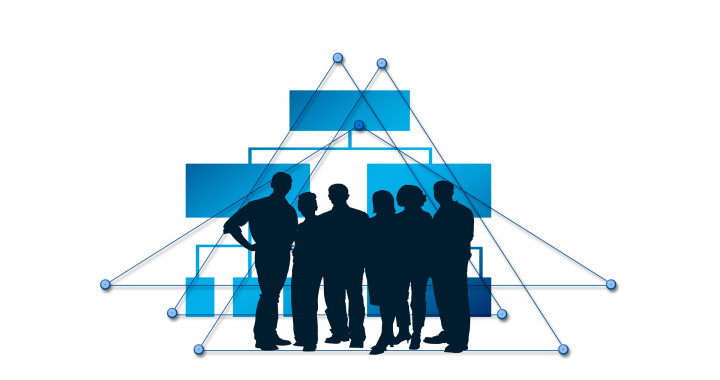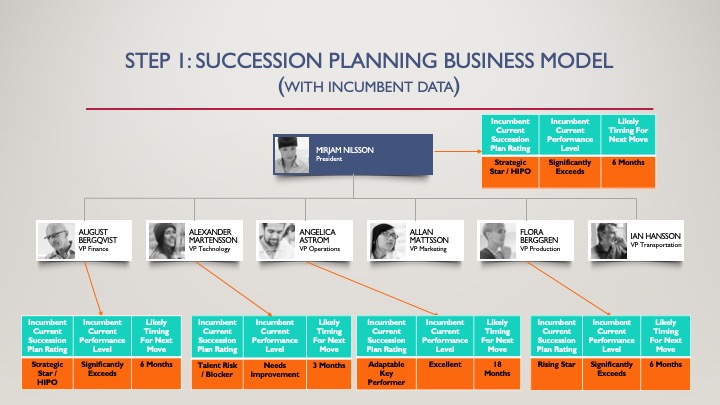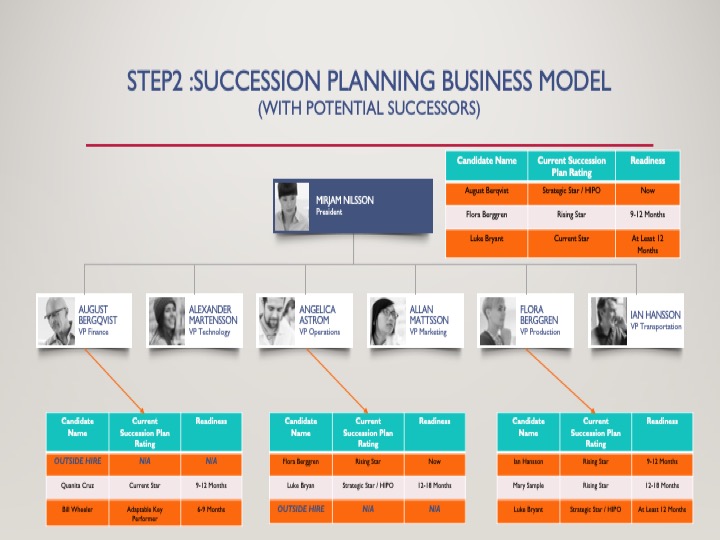When in your life has your heart sung from joy? Can you remember the circumstances? Likely, your core values were aligned with whatever you were doing at that specific time. Unfortunately, most people haven’t spent time concentrating on their personal values. It’s not to say that we aren’t aware of the values (family, religious and societal) we were taught. Those values can be very different from the core ones we become more aware of when provided the opportunity to examine what is important and why. Let’s talk about the different values we hold and why.
Types of values
The definition Merriam Webster uses to define values is “something (such as a principle or quality) intrinsically desirable”. To be more precise, values are beliefs or philosophies that are important to how we live and work. Our values can drive our actions and decisions.
There are three categories of values every person is exposed to—superficial, chosen and core.
- Superficial values are those values we think we should live by because someone taught them to us. These are values that we have not challenged. For example, values a parent may have passed on like giving to others is more important than taking care of yourself. Many people spend most of their lives trying to take care of everyone else and end up disillusioned and unhappy because they thought taking care of others was more of a priority to caring for themselves.
- Chosen values are those that we select to uphold as consistently as possible. An example could be a Catholic going to church every Sunday or honoring the Sabbath if you’re Jewish. You may be disappointed in yourself for not celebrating your faith but you probably won’t be greatly dissatisfied if you miss a week.
- Core values are those on which we hold and base our lives. We know we’re living within our core values when we’re happy and satisfied with what we’re doing and the decisions we’ve made. We are dissatisfied, reluctant or embarrassed when we are not living them consistently. For example, if a person’s core value is teaching and he/she is not in a position to teach, he/she will likely feel disconnected or unhappy unless the need to teach can be fulfilled in other areas of life.
For years, I believed I knew my values. I was a family person, a hard worker, caring friend. I believed in being “good” and respectful, taking care of others. Some of these values ended up being superficial, ones that I took on but didn’t bring me satisfaction. I felt overwhelmed at times because I was taking care of others and ignoring my needs. It was when I was dissatisfied that I was not living within the core values important to me.
What you can do today to clarify your values
Write down your values as you believe them to be. Examine why they are important to you. Are they central to your happiness?
When I took a deep look at my values I realized there were a few that I had not been actively engaging with when I was making decisions. For many years, I had not been considering my spirituality in my decisions. This left me feeling adrift as if I didn’t have anything to anchor me. Once I was able to define what spirituality meant to me I was able to make decisions more easily and quickly.
If you’re not sure where to start in examining your values, Google “Defining Your Values”. There are many resources available to help you. Here’s one link from Wikihow that is a good place to start. https://www.wikihow.com/Define-Your-Personal-Values Don’t be discouraged by the time it takes to uncover your values. You will need to spend enough time thinking through where they come from and what purpose they serve you and if they will continue to help you make good decisions.
Living a values-based life
I’m much clearer on what I want, what I do and how I’ll go about achieving my goals and making decisions now that I’ve clarified my values. This past year one of my values came to life through starting Paradise Workplace Solutions. Learning is critical to my happiness. But it wasn’t until I was in a situation where I needed to gain knowledge as business owner that I realized the full energy and passion that was driving me to make this business successful. My heart sings every day because I’m working on my business and learning along the way.
Identifying your core values and living them out is what will make your heart sing, your life fulfilled and guide you to your true purpose.
Susan O’Connor is CEO of Paradise Workplace Solutions and coaches clients to connect their personal values and passions to their business goals.










